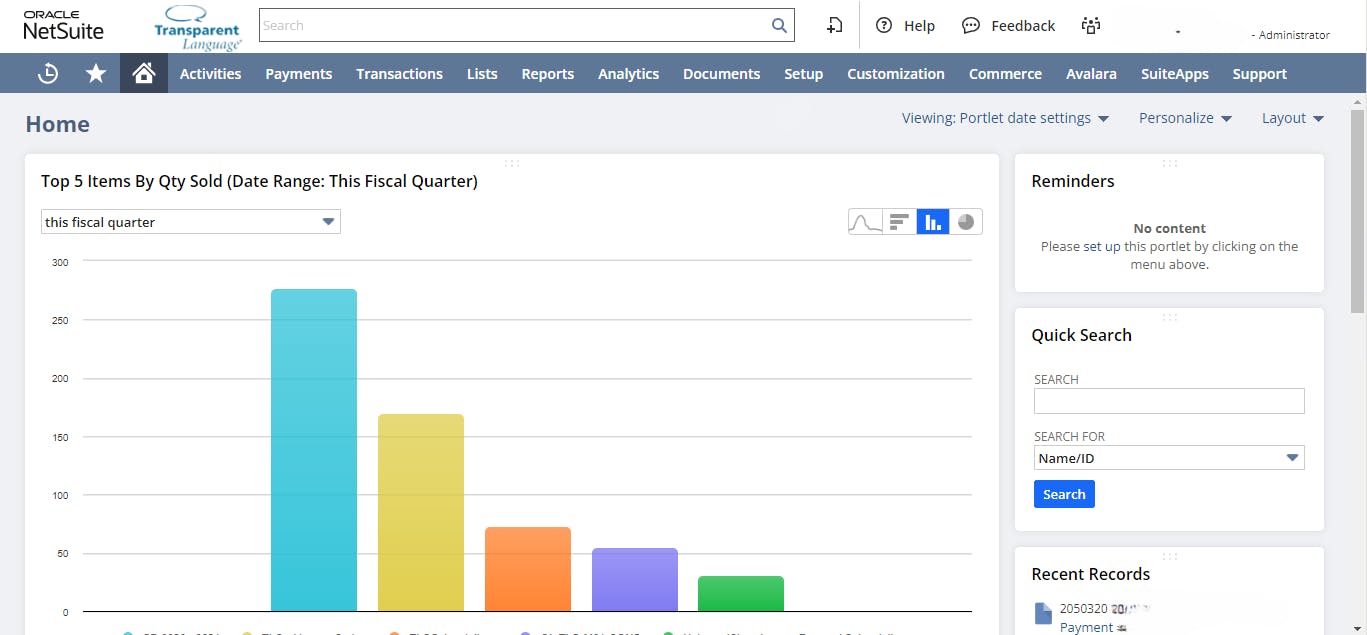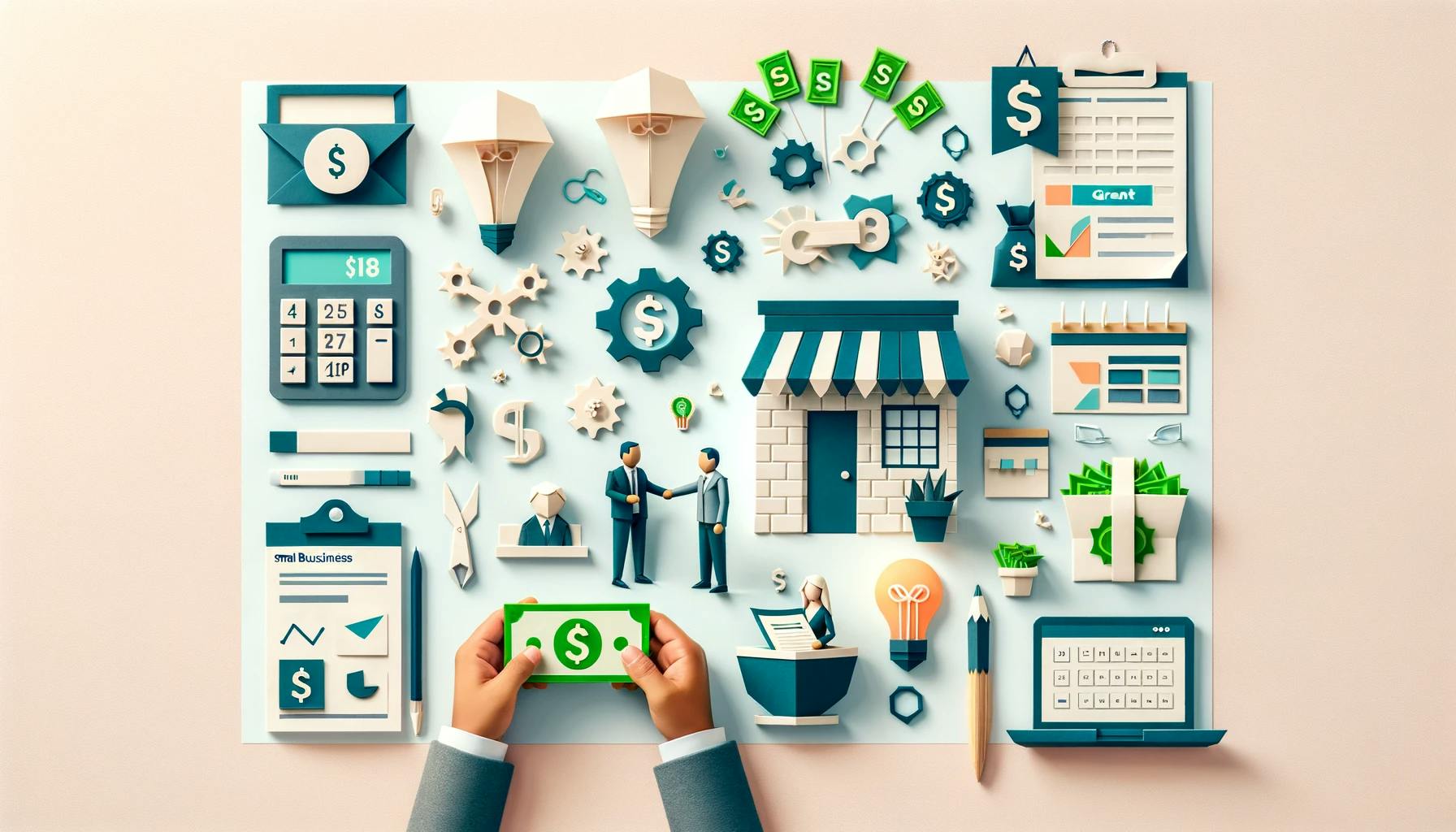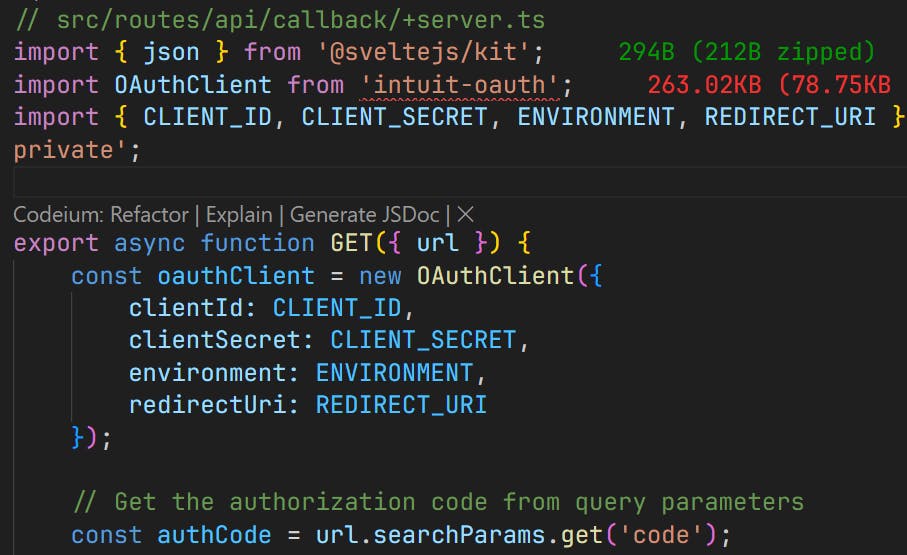
Ecommerce Finances Demystified - Understanding the Numbers Behind Your Success
Running an ecommerce business can be an exciting and rewarding venture, but it's crucial to have a solid grasp of the financial aspects to ensure long-term success. In this post, we'll dive into the key financial metrics and concepts that every ecommerce entrepreneur should know.

Revenue: The Lifeblood of Your Business
At the heart of any ecommerce business is revenue. It's the total amount of money generated from the sale of your products or services. To calculate your revenue, simply multiply the number of units sold by the price per unit.
For example, if you sell 100 t-shirts at $20 each, your revenue would be:100 units × $20 per unit = $2,000
Gross Revenue vs. Net Revenue
It's important to distinguish between gross revenue and net revenue. Gross revenue is the total amount of money earned before any deductions, such as returns, discounts, or fees. Net revenue, on the other hand, is the amount left after subtracting these deductions.
Let's say you generated $10,000 in gross revenue, but you had $1,000 in returns and $500 in payment processing fees. Your net revenue would be:
$10,000 - $1,000 - $500 = $8,500
Cost of Goods Sold (COGS): What It Takes to Make Your Products
Cost of Goods Sold (COGS) represents the direct costs associated with producing or acquiring the products you sell. This includes raw materials, manufacturing costs, packaging, and shipping expenses.
To calculate your COGS, add up all the direct costs incurred during a specific period. For instance, if you spent $5,000 on materials and $2,000 on manufacturing in a month, your COGS would be:
$5,000 + $2,000 = $7,000
The Importance of Monitoring COGS
Keeping track of your COGS is essential for maintaining healthy profit margins. If your COGS is too high relative to your revenue, it can eat into your profits. Regularly review your COGS and look for ways to optimize your production processes or negotiate better prices with suppliers.
Gross Profit: Your First Line of Profitability
Gross profit is the amount of money your business earns after subtracting the COGS from your net revenue. It's a crucial metric that indicates how much money you have left to cover your operating expenses and generate a profit.
To calculate your gross profit, use this formula:
Net Revenue - COGS = Gross Profit
Let's revisit our earlier example. If your net revenue was $8,500 and your COGS was $7,000, your gross profit would be:
$8,500 - $7,000 = $1,500
Gross Profit Margin: A Key Performance Indicator
Gross profit margin is expressed as a percentage and shows how much of each dollar of revenue is retained as gross profit. A higher gross profit margin indicates that your business is more efficient at generating profit from your sales.
To calculate your gross profit margin, divide your gross profit by your net revenue and multiply by 100:
(Gross Profit ÷ Net Revenue) × 100 = Gross Profit Margin
Using our previous example, if your gross profit was $1,500 and your net revenue was $8,500, your gross profit margin would be:
($1,500 ÷ $8,500) × 100 = 17.65%
Operating Expenses: The Costs of Running Your Business
Operating expenses encompass all the costs associated with running your ecommerce business that aren't directly related to producing your products. This includes expenses such as:
- Website hosting and maintenance
- Marketing and advertising
- Salaries and employee benefits
- Rent and utilities
- Office supplies and equipment
Fixed vs. Variable Operating Expenses
Operating expenses can be classified as either fixed or variable. Fixed expenses remain relatively constant regardless of your sales volume, such as rent or salaries. Variable expenses, on the other hand, fluctuate based on your sales activity, like advertising spend or shipping costs.
Understanding the breakdown of your fixed and variable expenses can help you make informed decisions about scaling your business. For example, if you're considering expanding your product line, you'll need to account for the additional variable expenses associated with increased sales.
Net Profit: The Bottom Line
Net profit, also known as net income or the bottom line, is the amount of money your business earns after subtracting all expenses from your revenue. It's the ultimate measure of your business's profitability.
To calculate your net profit, use this formula:
Net Revenue - (COGS + Operating Expenses) = Net Profit
Let's say your net revenue is $50,000, your COGS is $30,000, and your operating expenses are $15,000. Your net profit would be:$50,000 - ($30,000 + $15,000) = $5,000
The Significance of Net Profit Margin
Similar to gross profit margin, net profit margin is expressed as a percentage and indicates how much of each dollar of revenue is retained as net profit. A higher net profit margin suggests that your business is more efficient at converting revenue into profit.
To calculate your net profit margin, divide your net profit by your net revenue and multiply by 100:
(Net Profit ÷ Net Revenue) × 100 = Net Profit Margin
Using our previous example, if your net profit was $5,000 and your net revenue was $50,000, your net profit margin would be:
($5,000 ÷ $50,000) × 100 = 10%
Cash Flow: The Lifeblood of Your Ecommerce Business
Cash flow refers to the movement of money in and out of your business. It's essential to monitor your cash flow to ensure that you have enough money to cover your expenses and invest in growth opportunities.
The Cash Flow Statement
A cash flow statement is a financial report that shows how changes in balance sheet accounts and income affect cash and cash equivalents. It's divided into three sections:
- Operating Activities: Cash flows from the core operations of your business, such as sales and expenses.
- Investing Activities: Cash flows from investments in assets, such as purchasing equipment or investing in other businesses.
- Financing Activities: Cash flows from financing activities, such as taking out a loan or issuing stock.
The Importance of Positive Cash Flow
Positive cash flow indicates that your business is generating more money than it's spending. This is crucial for maintaining the financial health of your ecommerce business and ensuring that you have the resources to seize growth opportunities.
To improve your cash flow, consider strategies such as:
- Offering incentives for early payment from customers
- Negotiating longer payment terms with suppliers
- Implementing inventory management techniques to reduce holding costs
- Automating your billing and collections processes

